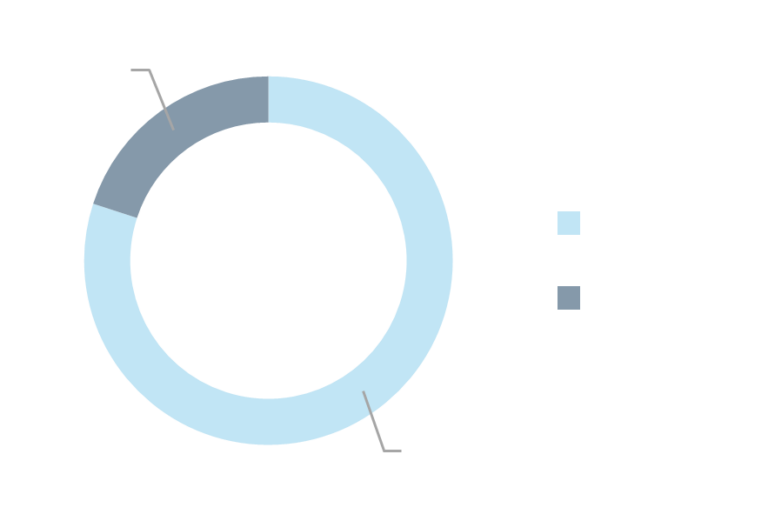Portfolio Management
With over 20 years of experience and a volume of over 500 million euros under management, we have successfully steered our portfolios through numerous market crises. We do far more than just select the right investments — we offer holistic asset management and take care of all operational and strategic aspects:
- Individual investment strategy
Development of a customized asset allocation based on the client’s objectives and risk tolerance - Ongoing analysis & adjustment
Ongoing market observation, risk management and portfolio optimization - Transaction processing
Efficient and cost-effective implementation of purchases, sales and reallocations - Monitoring & control
Detailed review of bank statements, cost control and ensuring transparent fee structures - Reporting & performance analysis
Regular reports on performance, risks and asset development - Coordination with banks & tax advisors
Review of conditions, negotiations with banks and coordination of tax aspects - Risk management & crisis management
Proactive measures to protect assets in volatile market phases
Thanks to our many years of experience, we have already successfully navigated through crises such as the 2008 financial crisis, the 2010–2012 euro crisis and the 2020 coronavirus crash. Our specialist portfolio managers focus on large individual assets and are reliable partners for our clients, helping them to secure and develop their assets over the long term.
Target return: 6%
Focus: Capital preservation, low volatility
Goal: Hedging against market volatility and generating stable returns
Asset allocation

15% stocks: Investing in stable, high-dividend companies that offer long-term growth and regular distributions.
70% bonds: Focus on investment-grade bonds that ensure regular interest income and a high credit rating.
15% Cash: Liquidity reserve to take advantage of short-term market opportunities and to hedge against unforeseen market movements.
It is important to note that the actual return depends on various factors such as market conditions, interest rate developments and the general economic situation. A regular review and adjustment of the portfolio composition is therefore essential in order to achieve the desired investment goals.
Target return: 8%
Focus: Growth potential with stability
Goal: Balancing risk and return through different asset classes that address different market conditions
Asset allocation

30% Equities: Investing in companies with solid performance to promote capital growth.
50% bonds: Focus on investment grade bonds to generate stable interest income.
10% Alternative investments: Diversification through investments in alternative asset classes such as real estate or commodities.
10% Cash: Liquidity reserve for flexibility and to take advantage of short-term market opportunities.
It is important to note that the actual return depends on various factors such as market conditions, interest rate developments and the general economic situation. A regular review and adjustment of the portfolio composition is therefore essential in order to achieve the desired investment goals.
Target return: 10%
Focus: Growth-oriented investments
Objective: To benefit from market opportunities and at the same time hedge the portfolio through diversification
Asset allocation

60% equities: focus on companies with high growth potential to maximize capital appreciation.
20% bonds: Investments in fixed-income securities to stabilize the portfolio and generate regular income.
20% Alternative investments: Diversification through investments in alternative asset classes such as private equity, real estate or hedge funds, which can increase the return potential.
Please note that the actual return depends on various factors such as market conditions, interest rate developments and the general economic situation. A regular review and adjustment of the portfolio composition is therefore essential in order to achieve the desired investment objectives.
Our portfolio management strategy is based on the core-satellite approach, which aims to generate stable returns through a combination of long-term core investments and opportunistic satellite investments. This approach makes it possible to combine the advantages of passive and active investment strategies to ensure both stability and growth potential in the portfolio.
Asset allocation

80% High Conviction Stocks (Core): Carefully selected companies are characterized by predictable cash flows, a strong market position and competent management. They form the stable foundation of the portfolio and are intended to ensure long-term growth.
20% Opportunity Stocks (Satellite): Opportunity to take advantage of short-term market opportunities or special situations and thus increase the total return of the portfolio.
Asset allocation

80% Investment grade bonds (Core): High credit rating, low risk of default and thus stable interest income, which contributes to the security of the portfolio.
20% Non-Investment Grade Bonds (Satellite): Despite being more risky, these bonds offer the opportunity for above-average returns, thus complementing the portfolio’s return potential.
By applying the core-satellite approach, we can combine the advantages of a broadly diversified core investment with the opportunities of high-yield satellite investments. This makes it possible to optimally take into account the individual risk-return preferences of our clients and to react flexibly to changing market conditions.
Our stock selection — the investment universe includes around 5,000 listed stock corporations — is based on a two-stage analysis process that includes both quantitative and qualitative assessments. We rely on AI-supported fundamental analysis, which makes it possible to process large volumes of data efficiently and recognize patterns that would be difficult to identify using traditional methods. This technology analyzes financial ratios, market trends and company data to determine the intrinsic value of shares with mathematical precision.
In addition, we use technical analysis where necessary to identify optimal entry and exit points. By examining price trends and trading volumes, we can better assess short-term market movements and adjust our investment decisions accordingly.
The combination of these two approaches enables us to take into account both the fundamental strengths of a company and the current market behavior, allowing us to make well-founded and holistic investment decisions.
Competence in risk-conscious portfolio management

Portfolio Management | Wealth Planning | Bond Structuring | Fund Structuring | Cash Management | Liechtenstein Plus
